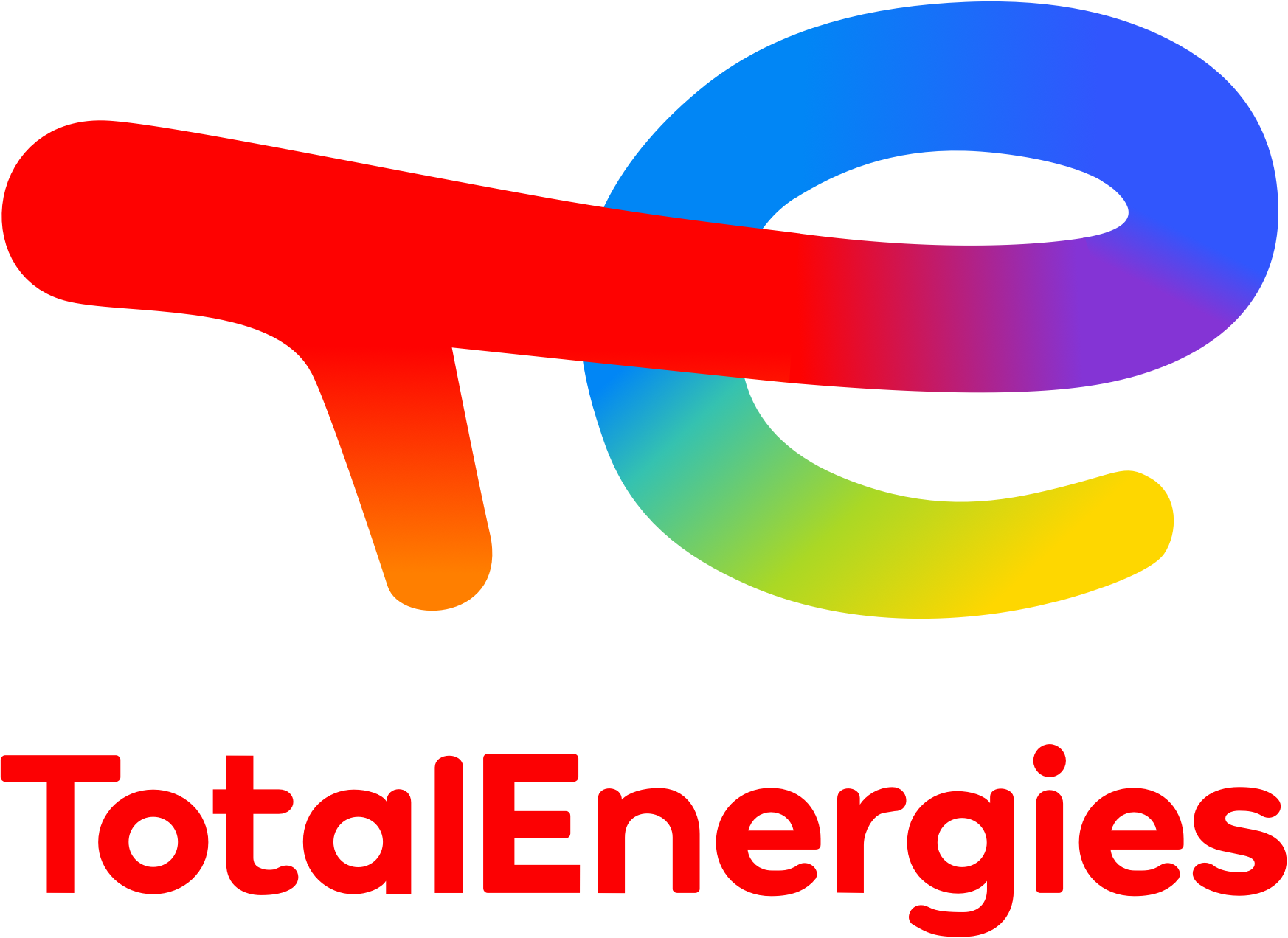
CAMERON LNG BEGINS PIPELINE FEED GAS FLOW FOR FINAL COMMISSIONING STEPS
NEWS RELEASE
HACKBERRY, La., April 15, 2019 – Cameron LNG began pipeline feed gas flow today in preparation of starting up Train 1 and commencing liquefied natural gas (LNG) production at its Hackberry, La., liquefaction-export project.
“This is a significant milestone for the company and is the culmination of four-and-a-half-years of hard work and dedication by all our employees and stakeholders,” said Farhad Ahrabi, CEO of Cameron LNG. “The introduction of feed gas will allow our teams to do test runs before we begin making LNG to ship to global markets.”
The process to commission Cameron LNG began in late 2018 and includes testing of all support systems, combustion turbines and compressors, as well as the delivery of feed gas from the transmission pipeline and production of first LNG. The commissioning process is closely monitored by the Federal Energy Regulatory Commission (FERC). FERC granted authorization for the introduction of feed gas on Friday, April 5, as the final commissioning step for Train 1.
The Cameron LNG liquefaction-export project includes three liquefaction trains with a projected export of 12 million tonnes per annum of LNG, or approximately 1.7 billion cubic feet per day.
Cameron LNG is jointly owned by affiliates of Sempra LNG, Total, Mitsui & Co. Ltd. and Japan LNG Investment, LLC, a company jointly owned by Mitsubishi Corporation and Nippon Yusen Kabushiki Kaisha (NYK).
###
This news release contains statements that are not historical fact and constitute forward-looking statements. These statements can be identified by words like “expects”, “will”, “may”, “plans”, “intends” or similar expressions. Forward-looking statements are not guarantees of performance. They involve risks, uncertainties and assumptions. Future results may differ materially from those expressed in the forward-looking statements. Forward-looking statements are necessarily based upon various assumptions involving judgments with respect to the future and other risks, including, among others: local, regional, national and international economic, competitive, political, legislative and regulatory conditions and developments; actions and the timing of actions, including issuances of permits to construct and licenses for operation, by the U.S. Department of Energy, Federal Energy Regulatory Commission and other regulatory, governmental and environmental bodies in the United States; the timing and success of business development efforts and construction, maintenance and capital projects, including risks in obtaining, maintaining or extending permits, licenses, certificates and other authorizations on a timely basis and risks, in obtaining adequate and competitive financing for such projects; energy markets, including the timing and extent of changes and volatility in commodity prices, and the impact of any protracted reduction in oil prices from historical averages; capital markets conditions, including the availability of credit, interest and currency exchange rates; weather conditions, natural disasters, catastrophic accidents, and other events that may damage our facilities and systems; business, regulatory, environmental and legal decisions and requirements; and other uncertainties, all of which are difficult to predict and many of which are beyond our control.






